Introduction: Why Plumbing Budgets Matter
Whether you’re planning a full-scale home renovation or simply updating a bathroom, understanding the real costs associated with plumbing is crucial. Too often, homeowners dive into projects with only a vague idea of what they’ll spend, leading to unwanted surprises, budget overruns, and stressful delays. Plumbing, more than many other aspects of a renovation, is both essential and potentially unpredictable. Pipes hidden behind walls, outdated fixtures, and evolving building codes can quickly turn a simple job into a complex—and expensive—undertaking.
This guide provides a transparent, step-by-step breakdown of plumbing costs for home renovations. From labor rates and material choices to permits and hidden fees, we’ll examine every factor that influences your final bill. By the end, you’ll have the insight and practical tools needed to create a realistic plumbing budget and keep your renovation on track. Whether you’re a homeowner planning your first remodel or a seasoned DIYer looking to sharpen your estimates, this comprehensive resource has you covered.
Understanding the Components of Plumbing Costs
1. Labor: The Largest Slice of the Pie
Plumbing labor is often the single greatest expense in a renovation budget. Licensed plumbers typically charge between $45 and $200 per hour, depending on your location, the complexity of the work, and their level of expertise. For larger projects, some contractors may offer a flat rate based on the scope of the job.
- Hourly Rates: Vary widely by region. Urban areas and unionized cities tend to have higher rates.
- Flat Project Fees: Used for common installations like water heaters or fixture replacements.
- Emergency Surcharges: If your project requires after-hours work, expect to pay up to 1.5x standard rates.
2. Materials and Fixtures
The quality and type of materials you select have a significant impact on your budget. Here’s a breakdown of common plumbing materials and their typical price ranges:
- Pipes: Copper ($2.50–$5/foot), PEX ($0.50–$2/foot), PVC ($0.40–$1.50/foot).
- Fittings & Valves: $2–$20 each, depending on size and material.
- Fixtures: Sinks ($100–$600), toilets ($150–$700), faucets ($75–$400), showers/tubs ($300–$2,000+).
- Water Heaters: Tank ($600–$1,800), Tankless ($1,000–$3,000).
Don’t forget smaller items like pipe insulation, hangers, and sealants, which add up quickly in larger projects.
3. Permits and Inspections
Most municipalities require permits for significant plumbing work. Permit fees can range from $50 for minor alterations to $500+ for major renovations. Budget for at least one inspection fee, and factor in potential re-inspection costs if corrections are needed.
4. Demolition and Site Preparation
Accessing pipes often requires cutting through walls, floors, or ceilings. Demolition costs depend on the extent of work and can range from $200 for simple drywall removal to $2,000+ for larger structural work. Consider disposal fees for old fixtures and debris as well.
5. Restoration and Finishing
Once plumbing work is complete, you’ll need to restore any surfaces that were opened up. Drywall patching, painting, tile replacement, and floor repairs should all be included in your budget. These costs are frequently underestimated—set aside 10–20% of your plumbing budget for restoration.
Real-World Cost Examples
Small Bathroom Remodel
- Labor: $800–$2,000
- Materials: $500–$1,200
- Permits/Inspections: $100–$250
- Demolition/Restoration: $400–$800
- Total: $1,800–$4,250
Full Kitchen Renovation
- Labor: $1,500–$4,000
- Materials: $1,000–$2,500
- Permits/Inspections: $150–$300
- Demolition/Restoration: $600–$1,200
- Total: $3,250–$8,000
Whole-Home Plumbing Repipe
- Labor: $4,000–$10,000
- Materials: $2,000–$6,000
- Permits/Inspections: $300–$800
- Demolition/Restoration: $2,000–$5,000
- Total: $8,300–$21,800
Hidden Costs and How to Avoid Them
1. Structural Surprises
Older homes may have hidden obstacles—such as lead pipes, asbestos, or outdated electrical—that require additional work and expense. Always build a contingency fund of at least 15% into your budget for unexpected discoveries.
2. Change Orders
Last-minute design changes, upgraded fixtures, or scope expansions can quickly inflate costs. Clarify the project scope in your contract, and ask your plumber how change orders are handled before starting.
3. Code Compliance Upgrades
Modern building codes may require upgrades like anti-scald valves, backflow preventers, or water pressure regulators. Ask your plumber about local code requirements during the planning stage to include these in your budget.
4. Delays and Overtime
Material backorders, permit delays, or poor weather can extend your project timeline, leading to higher labor costs. Request a project schedule and discuss potential delay contingencies with your contractor.
Smart Budgeting Strategies
1. Get Multiple Quotes
Obtain at least three detailed quotes from licensed plumbers. Ensure each quote breaks down labor, materials, permits, and restoration separately. Be wary of quotes that are significantly lower than others—they may not include all necessary work.
2. Prioritize Plumbing Upgrades
If your budget is tight, focus on upgrades that offer the best long-term value, such as replacing old supply lines, updating shutoff valves, or installing water-efficient fixtures. Cosmetic changes can be postponed if needed.
3. Use a Detailed Cost Worksheet
Track every anticipated expense in a spreadsheet or budgeting app. Include line items for demolition, permits, restoration, and a contingency fund. Update your worksheet as actual invoices come in to avoid surprises.
4. DIY vs. Professional Work
Minor plumbing tasks (like replacing faucets or showerheads) can often be tackled DIY, saving substantial labor costs. However, permit-required or complex jobs should always be left to licensed professionals to avoid costly mistakes and code violations.
Tips for Keeping Plumbing Costs in Check
- Ask for itemized invoices to see exactly what you’re paying for.
- Schedule work during regular business hours to avoid emergency surcharges.
- Purchase fixtures and finishes yourself to control quality and price.
- Bundle multiple plumbing tasks together—contractors may offer a discount for larger jobs.
- Request progress payments tied to project milestones, not arbitrary dates.
- Double-check permit requirements with your local building department before work begins.
Frequently Asked Questions
How can I estimate the cost of my specific plumbing project?
Start by listing all the plumbing changes you plan to make, then research average labor and material rates in your area. Use the real-world examples above as a reference, and always add a contingency fund for the unexpected.
Can I save money by choosing cheaper materials?
While budget materials can lower upfront costs, they may not offer the durability or performance of higher-quality options. Discuss pros and cons with your plumber before making decisions that could affect long-term value.
Are plumbing permits really necessary?
Yes—most cities require permits for any work that alters existing plumbing systems. Skipping permits can lead to failed inspections, fines, or complications when selling your home.
Conclusion: Plan Ahead for Plumbing Success
Budgeting for plumbing upgrades is a critical step in any home renovation. By understanding the true cost components—labor, materials, permits, demolition, and restoration—you can avoid sticker shock and prevent costly mid-project surprises. Smart homeowners and renovators take the time to gather detailed quotes, research local requirements, and set aside a realistic contingency fund. They also know when to call in professionals and when it’s safe to tackle minor jobs themselves.
Remember, plumbing is an investment in the long-term safety, comfort, and efficiency of your home. Cutting corners may save money in the short term but can lead to expensive repairs and headaches down the road. Armed with the knowledge from this guide, you’re well-equipped to make informed decisions and keep your next renovation on budget and on schedule. Plan ahead, communicate clearly with your contractor, and track your expenses closely—your future self (and bank account) will thank you.

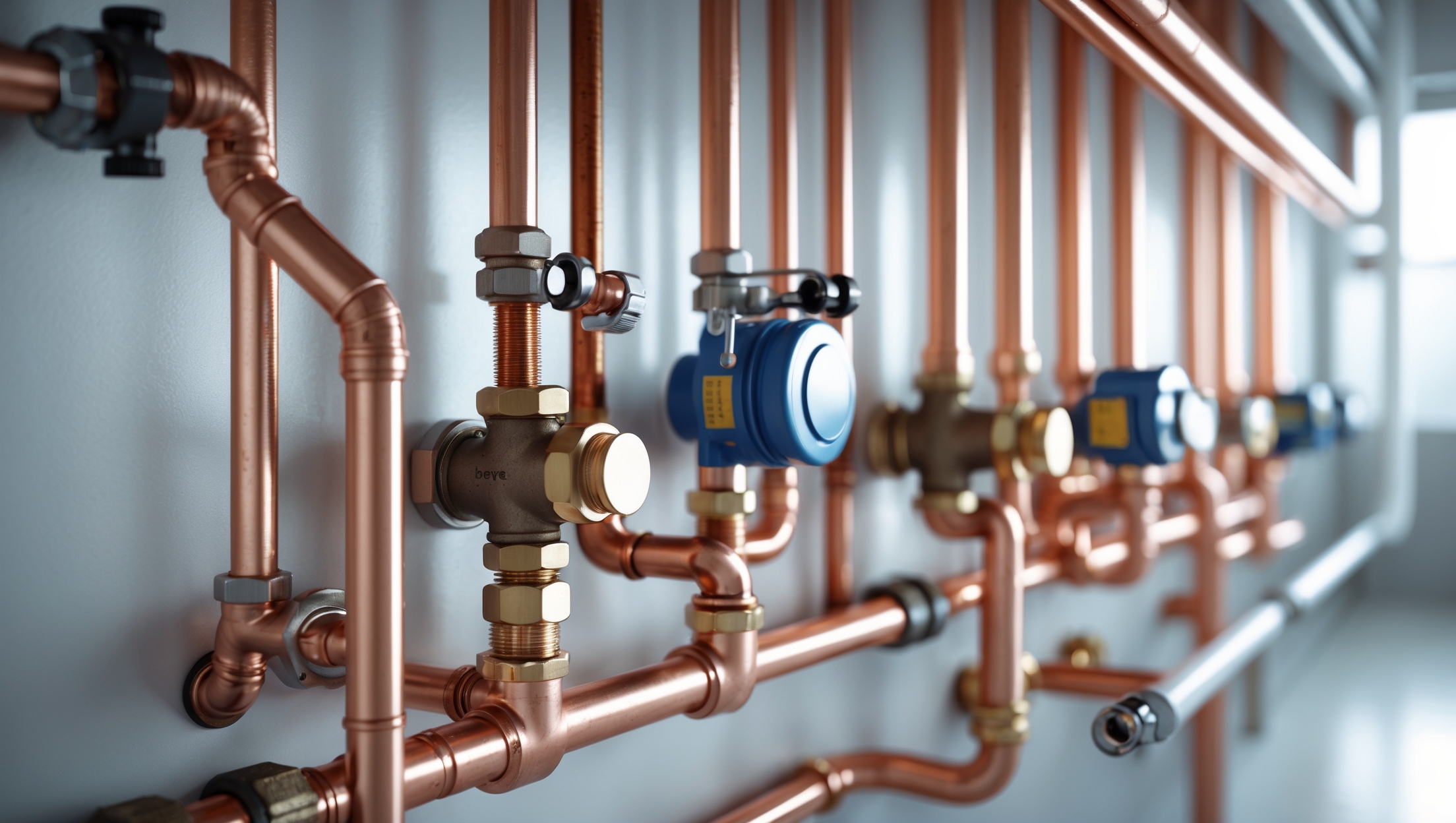

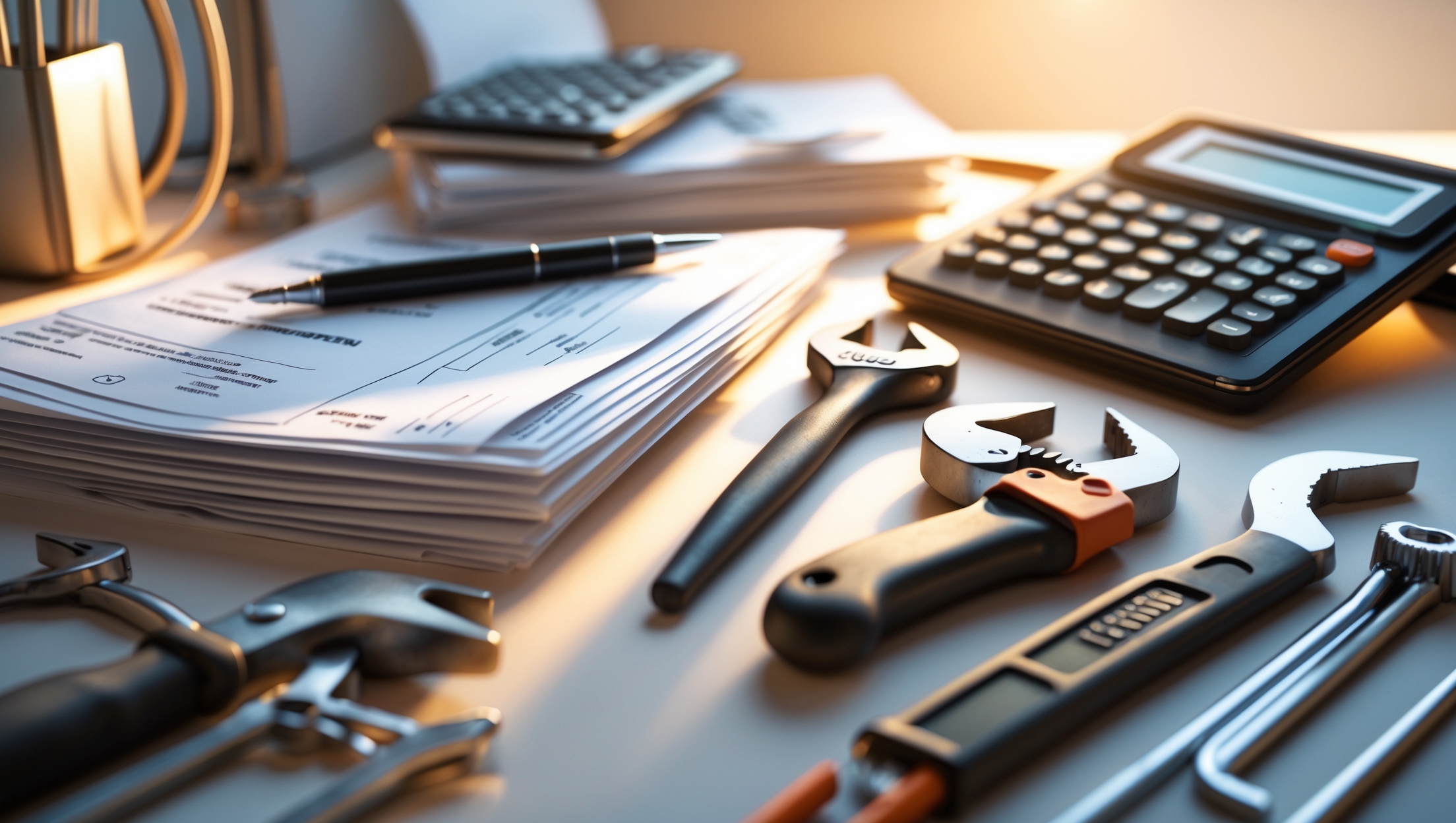
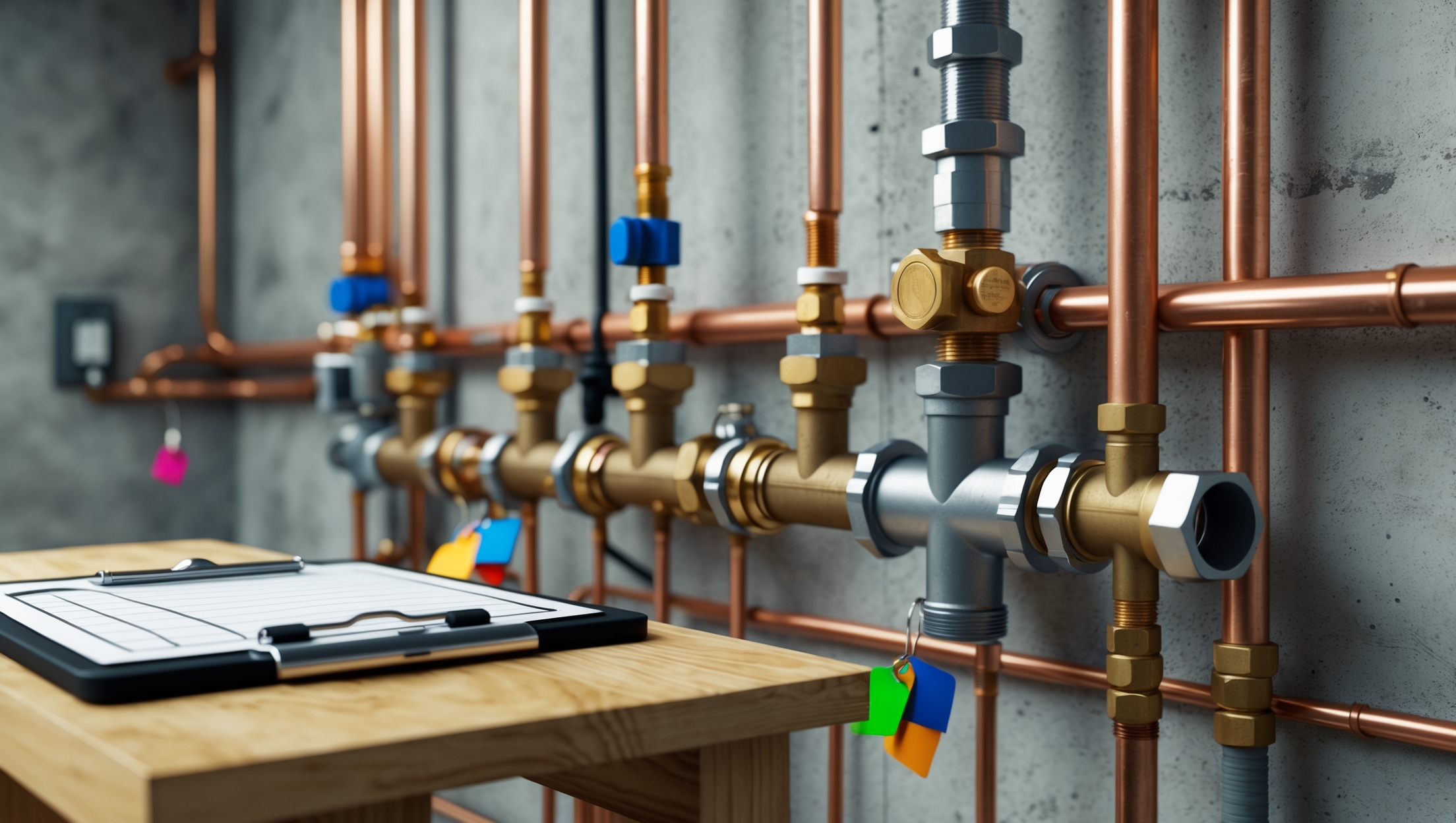
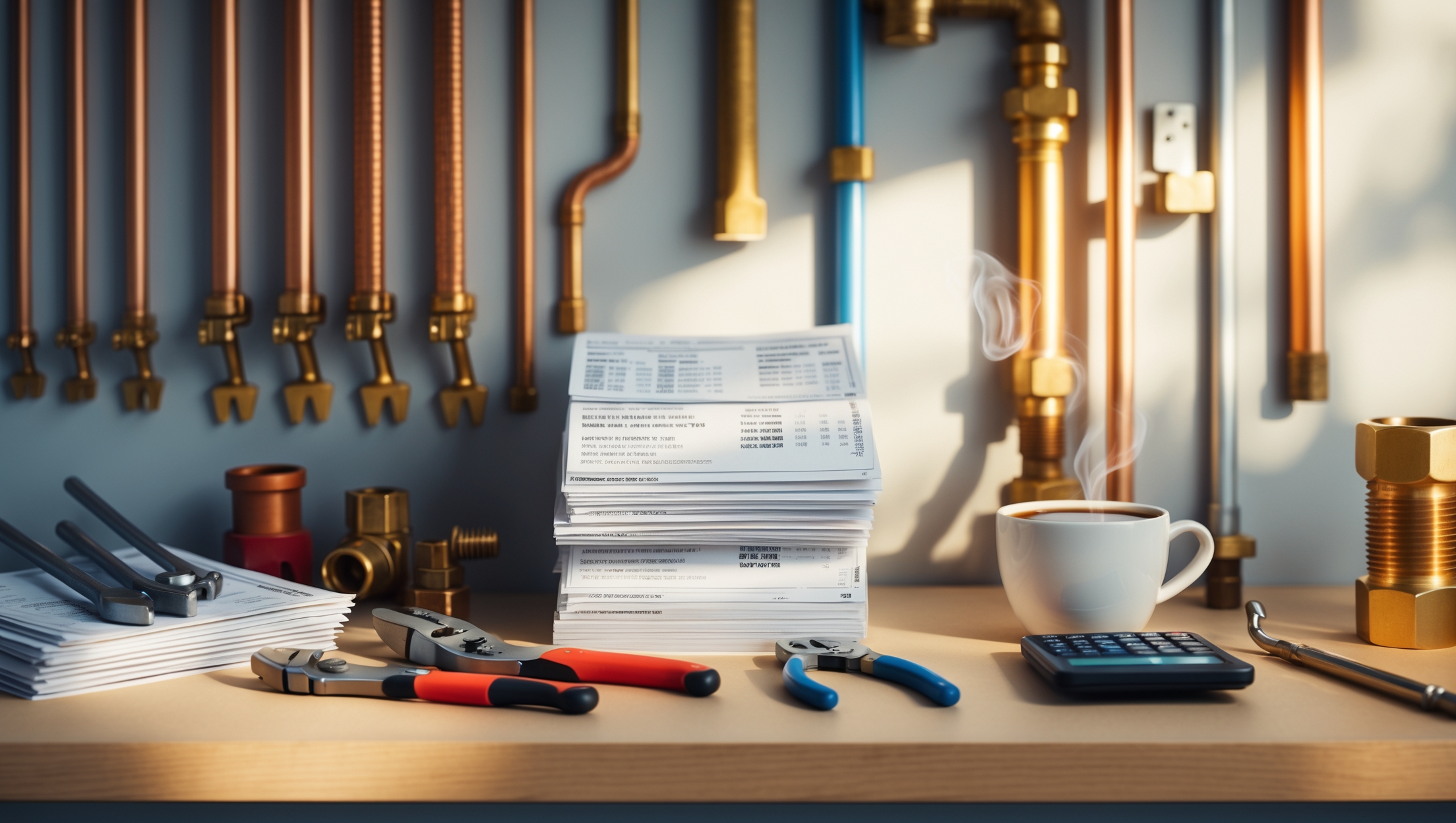
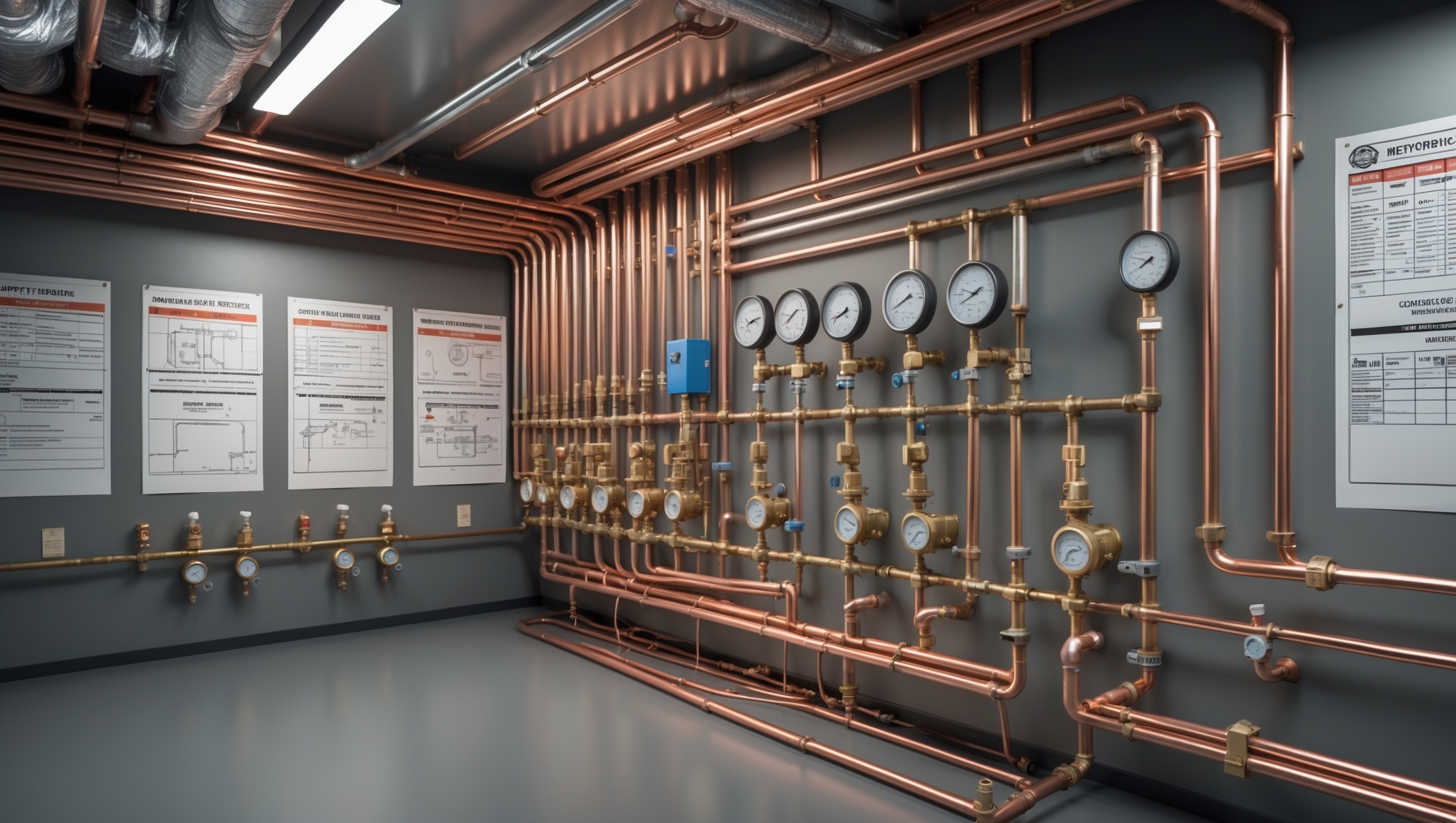
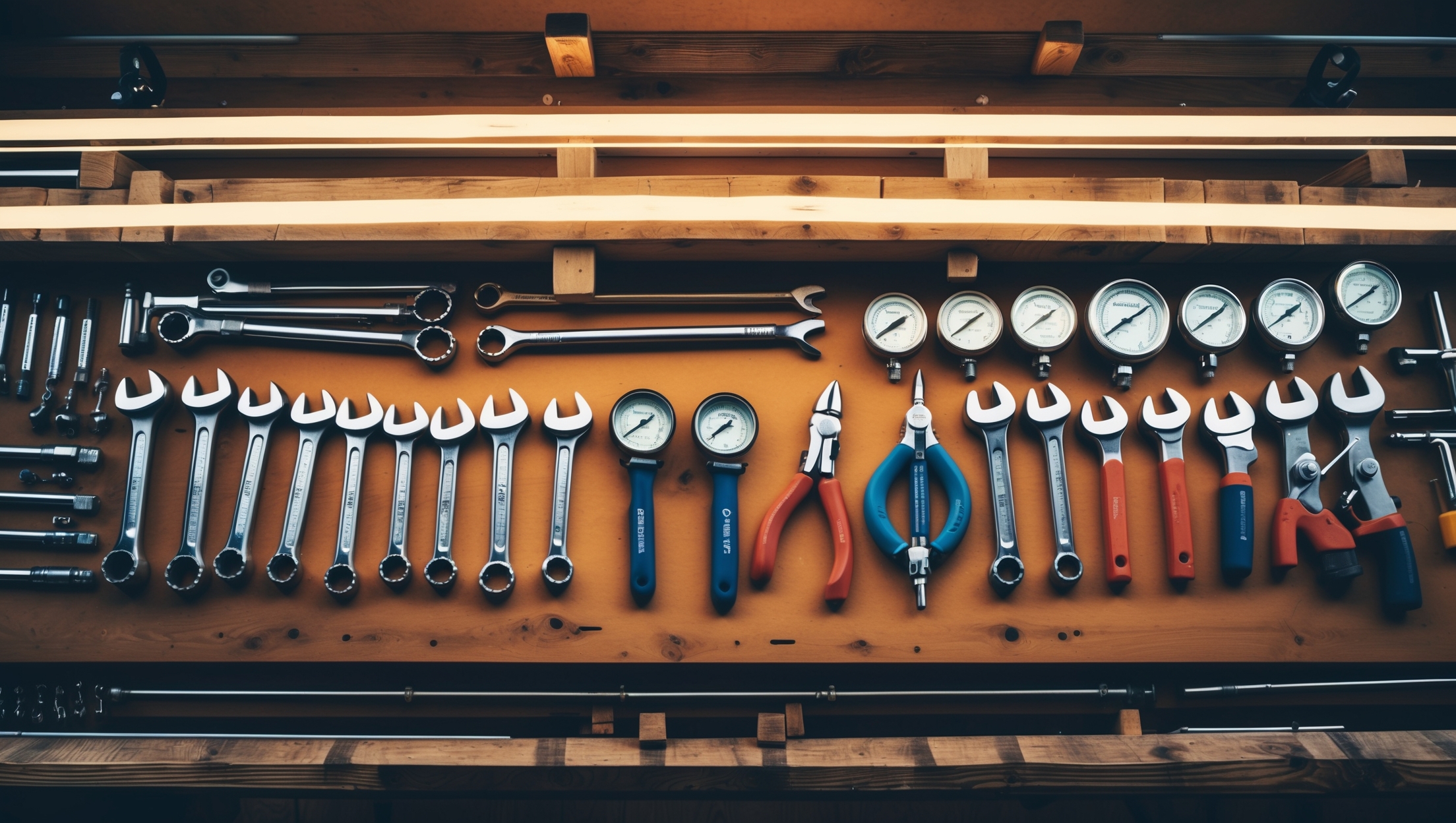
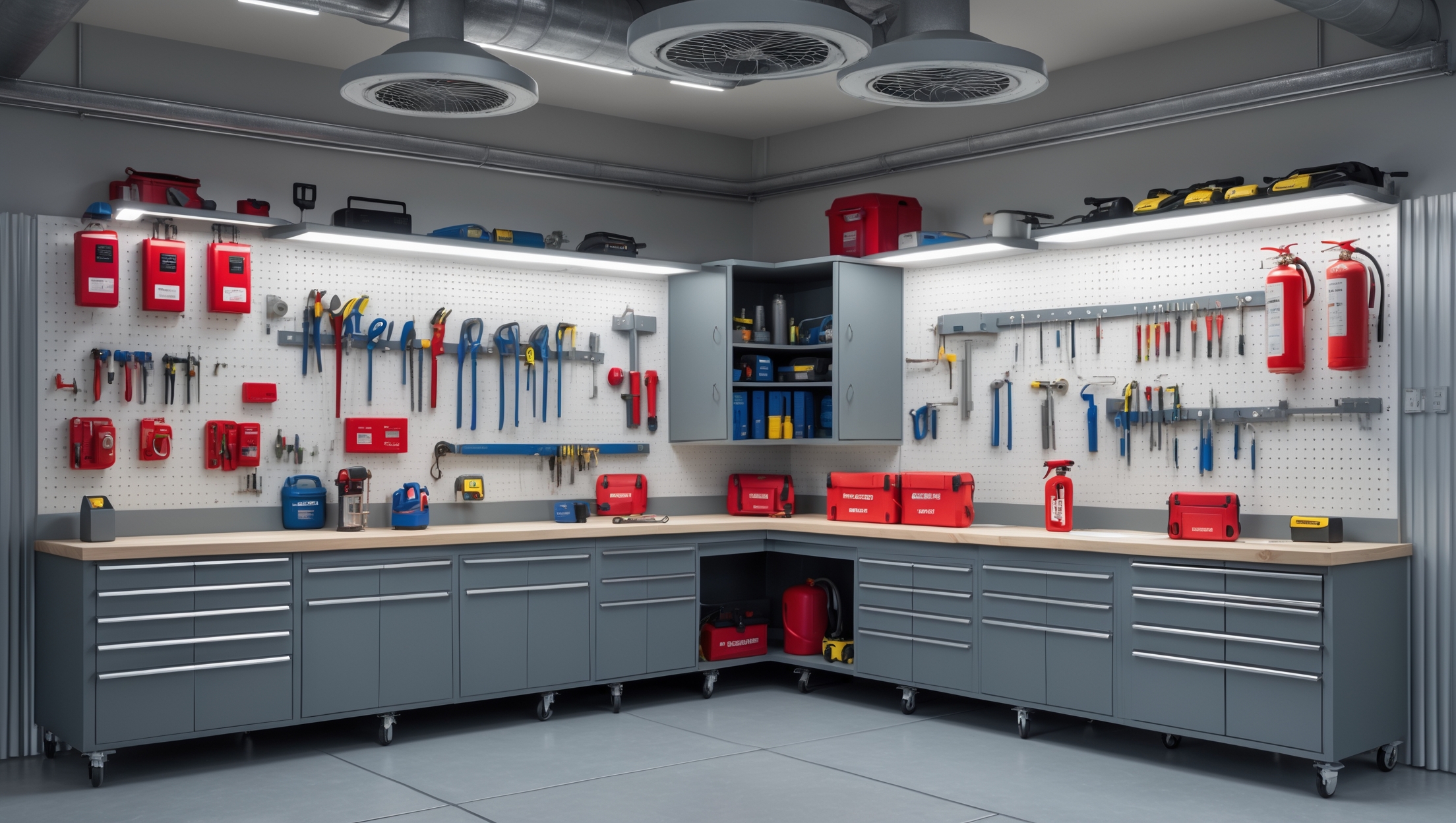
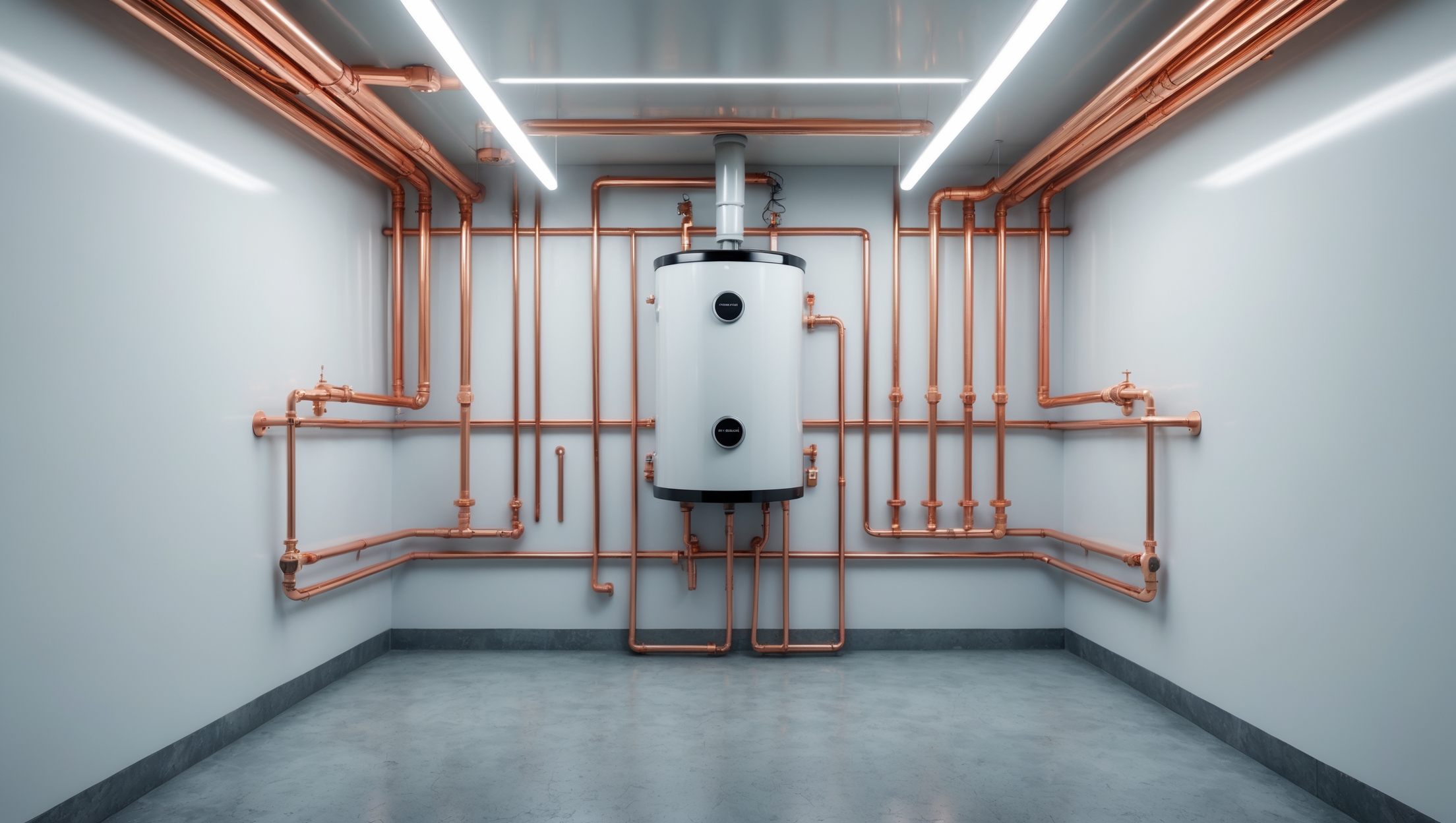
Thomas Jones
You mention labor as the largest expense and note wide regional differences in hourly rates. If I’m budgeting for a renovation in a smaller city where labor costs are mid-range, is it better to seek flat project fees or stick with hourly rates for the most accurate budget estimate?